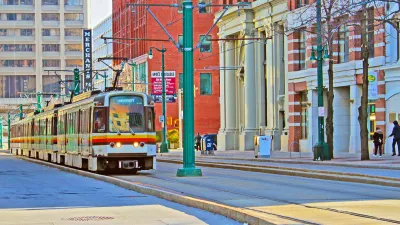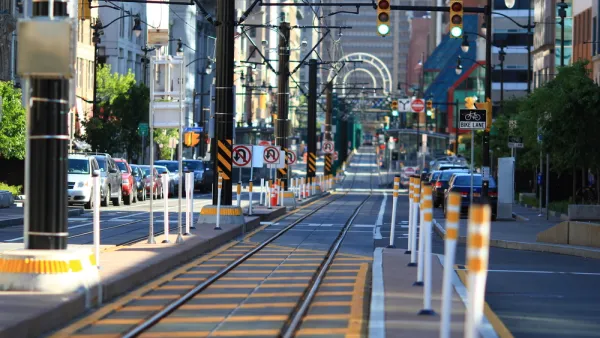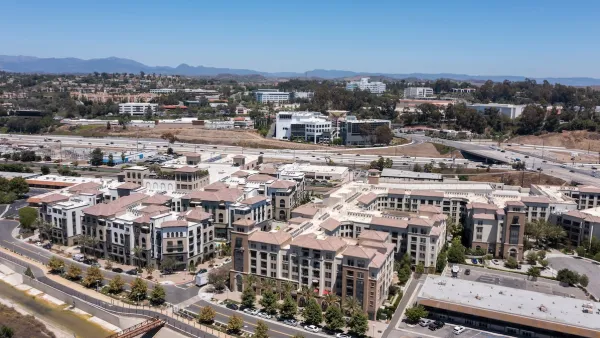The development of the $750M Buffalo Niagara Medical Campus, which will soon be home to 17,500 employees, is being seen as a catalyst for a culture change in the city towards urban lifestyles oriented around its heretofore underutilized rail system.

"Almost three decades after the first subway train rumbled beneath Main Street, Buffalo's Metro Rail system is about to assume the role that was intended and transport thousands of city residents to homes, work and play," reports Robert McCarthy. "The catalyst is the Buffalo Niagara Medical Campus, where 17,500 people are expected to be working soon, and they will depend more than ever on the oft-maligned 'train to nowhere.'”
"And while they now see Metro Rail finally fulfilling its transit and development potential, transit officials, real estate developers, city officials and those guiding the city's burgeoning medical industry all agree the development will spawn an urban lifestyle. It is also possible many Buffalonians may choose not to own cars, they say."
The Campus has spawned at least $91 million in transit-oriented development, a projected surge in rail ridership, proposals to extend the city's Metro Rail system to serve more areas, and a "new emphasis on a Main Street 'knowledge corridor' comprising the city's educational, financial, and legal institutions.
"These plans and ideas stem from a problem the City of Buffalo has not encountered for some time – growth, said Patrick J. Whalen, chief operating officer of the Medical Campus."
“It's been a long time since there's been any real growth here,” he said. “It's refreshing to be talking about it.”
FULL STORY: Development soars along Metro Rail

National Parks Layoffs Will Cause Communities to Lose Billions
Thousands of essential park workers were laid off this week, just before the busy spring break season.

Retro-silient?: America’s First “Eco-burb,” The Woodlands Turns 50
A master-planned community north of Houston offers lessons on green infrastructure and resilient design, but falls short of its founder’s lofty affordability and walkability goals.

Delivering for America Plan Will Downgrade Mail Service in at Least 49.5 Percent of Zip Codes
Republican and Democrat lawmakers criticize the plan for its disproportionate negative impact on rural communities.

Test News Post 1
This is a summary

Test News Headline 46
Test for the image on the front page.

Balancing Bombs and Butterflies: How the National Guard Protects a Rare Species
The National Guard at Fort Indiantown Gap uses GIS technology and land management strategies to balance military training with conservation efforts, ensuring the survival of the rare eastern regal fritillary butterfly.
Urban Design for Planners 1: Software Tools
This six-course series explores essential urban design concepts using open source software and equips planners with the tools they need to participate fully in the urban design process.
Planning for Universal Design
Learn the tools for implementing Universal Design in planning regulations.
EMC Planning Group, Inc.
Planetizen
Planetizen
Mpact (formerly Rail~Volution)
Great Falls Development Authority, Inc.
HUDs Office of Policy Development and Research
NYU Wagner Graduate School of Public Service





























